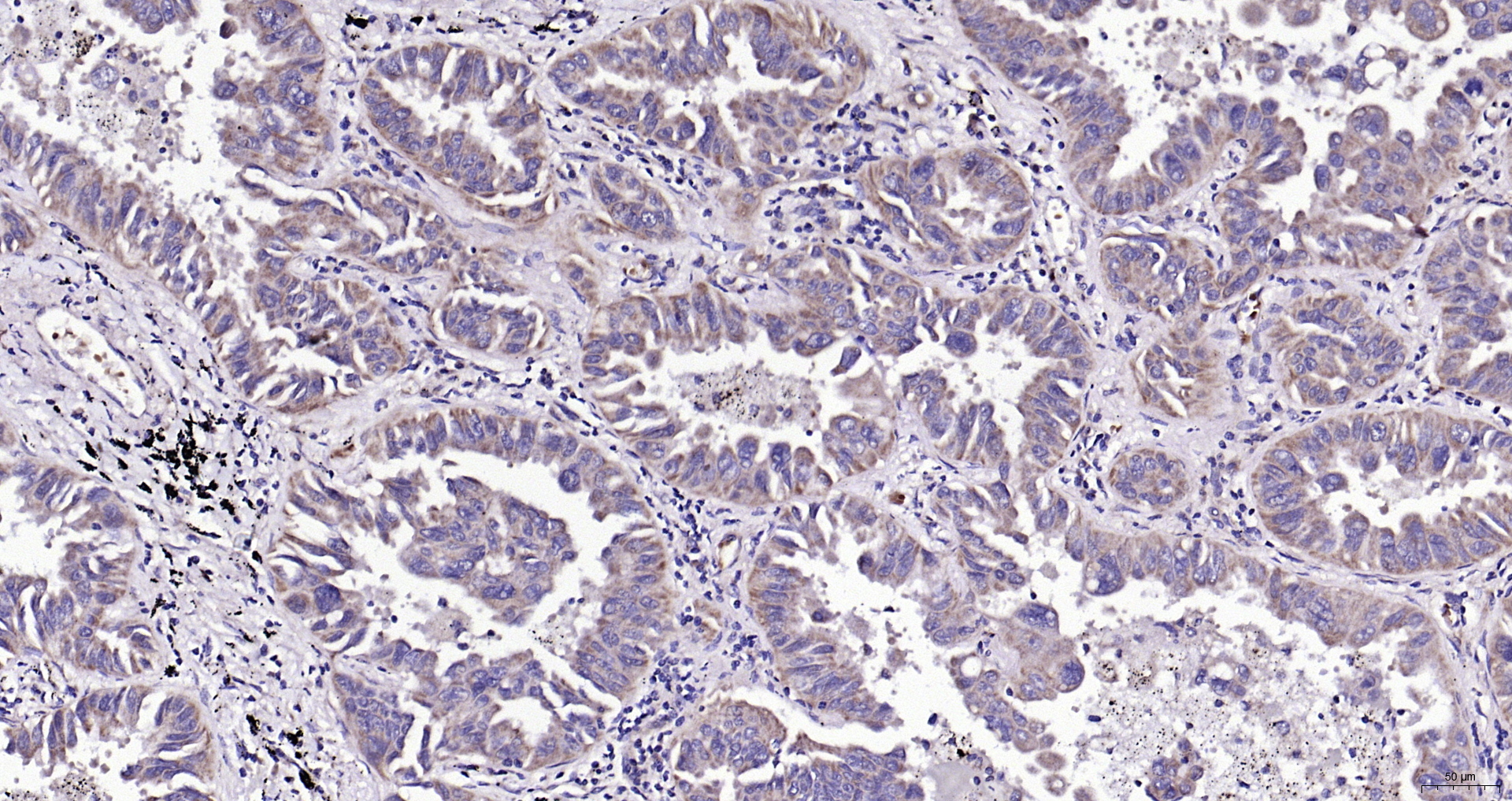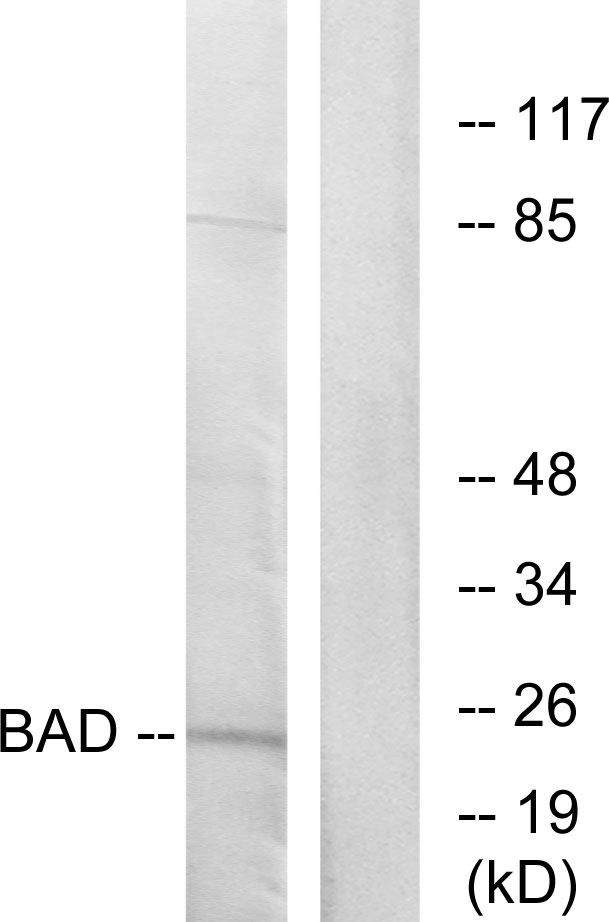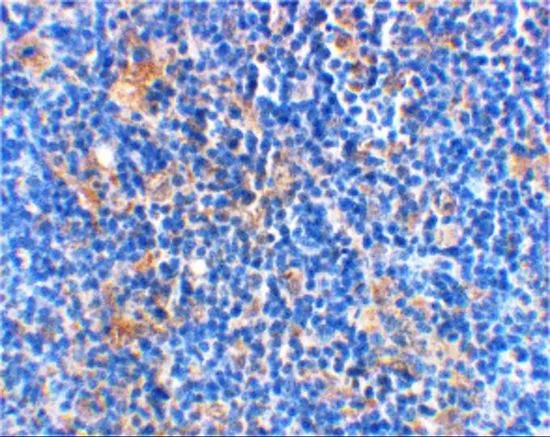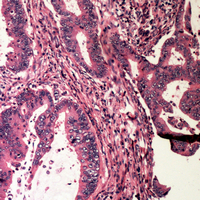Bad antibody
GTX130108
ApplicationsWestern Blot, ImmunoHistoChemistry, ImmunoHistoChemistry Paraffin
Product group Antibodies
ReactivityHuman
TargetBAD
Overview
- SupplierGeneTex
- Product NameBad antibody
- Delivery Days Customer9
- Application Supplier NoteWB: 1:500-1:3000. *Optimal dilutions/concentrations should be determined by the researcher.Not tested in other applications.
- ApplicationsWestern Blot, ImmunoHistoChemistry, ImmunoHistoChemistry Paraffin
- CertificationResearch Use Only
- ClonalityPolyclonal
- Concentration1.36 mg/ml
- ConjugateUnconjugated
- Gene ID572
- Target nameBAD
- Target descriptionBCL2 associated agonist of cell death
- Target synonymsBBC2, BCL2L8, bcl2-associated agonist of cell death, BCL-X/BCL-2 binding protein, BCL2-antagonist of cell death protein, BCL2-binding component 6, BCL2-binding protein, bcl-2-binding component 6, bcl-2-like protein 8, bcl-XL/Bcl-2-associated death promoter, bcl2 antagonist of cell death, bcl2-L-8
- HostRabbit
- IsotypeIgG
- Protein IDQ92934
- Protein NameBcl2-associated agonist of cell death
- Scientific DescriptionThe protein encoded by this gene is a member of the BCL-2 family. BCL-2 family members are known to be regulators of programmed cell death. This protein positively regulates cell apoptosis by forming heterodimers with BCL-xL and BCL-2, and reversing their death repressor activity. Proapoptotic activity of this protein is regulated through its phosphorylation. Protein kinases AKT and MAP kinase, as well as protein phosphatase calcineurin were found to be involved in the regulation of this protein. Alternative splicing of this gene results in two transcript variants which encode the same isoform. [provided by RefSeq]
- ReactivityHuman
- Storage Instruction-20°C or -80°C,2°C to 8°C
- UNSPSC12352203
References
- Chua HH, Chang MH, Chen YH, et al. PIM1-Induced Cytoplasmic Expression of RBMY Mediates Hepatocellular Carcinoma Metastasis. Cell Mol Gastroenterol Hepatol. 2023,15(1):121-152. doi: 10.1016/j.jcmgh.2022.09.014Read this paper
- Wei GJ, Chao YH, Tung YC, et al. A Tangeretin Derivative Inhibits the Growth of Human Prostate Cancer LNCaP Cells by Epigenetically Restoring p21 Gene Expression and Inhibiting Cancer Stem-like Cell Proliferation. AAPS J. 2019,21(5):86. doi: 10.1208/s12248-019-0345-7Read this paper
- Lu CC, Chiang JH, Tsai FJ, et al. Metformin triggers the intrinsic apoptotic response in human AGS gastric adenocarcinoma cells by activating AMPK and suppressing mTOR/AKT signaling. Int J Oncol. 2019,54(4):1271-1281. doi: 10.3892/ijo.2019.4704Read this paper
- Lee CF, Chiang NN, Lu YH, et al. Benzyl isothiocyanate (BITC) triggers mitochondria-mediated apoptotic machinery in human cisplatin-resistant oral cancer CAR cells. Biomedicine (Taipei). 2018,8(3):15. doi: 10.1051/bmdcn/2018080315Read this paper
- Eid W, Abdel-Rehim W. Neferine Enhances the Antitumor Effect of Mitomycin-C in Hela Cells Through the Activation of p38-MAPK Pathway. J Cell Biochem. 2017,118(10):3472-3479. doi: 10.1002/jcb.26006Read this paper
- Lee CC, Chen PH, Ho KH, et al. The microRNA-302b-inhibited insulin-like growth factor-binding protein 2 signaling pathway induces glioma cell apoptosis by targeting nuclear factor IA. PLoS One. 2017,12(3):e0173890. doi: 10.1371/journal.pone.0173890Read this paper
- Chen PH, Chang CK, Shih CM, et al. The miR-204-3p-targeted IGFBP2 pathway is involved in xanthohumol-induced glioma cell apoptotic death. Neuropharmacology. 2016,110(Pt A):362-375. doi: 10.1016/j.neuropharm.2016.07.038Read this paper
- Chen MF, Huang SJ, Huang CC, et al. Saikosaponin d induces cell death through caspase-3-dependent, caspase-3-independent and mitochondrial pathways in mammalian hepatic stellate cells. BMC Cancer. 2016,16:532. doi: 10.1186/s12885-016-2599-0Read this paper






